CONSTRUCTION OF PERPENDICULAR LINES
The two lines which have the angle of inclination 90° at the point of intersection are called as perpendicular lines.
Let us look at some examples to understand how to construct perpendicular lines.
Example 1 :
Using a set square and a ruler construct a line perpendicular to given line at a point on it.
Solution :
Step 1 :
(i) Draw a line AB with the help of a ruler.
(ii) Mark a point P on it.

Step 2 :
(i) Place a ruler on the line AB.
(ii) Place one edge of a set square containing the right angle along the given line AB as shown in the figure.
Step 3 :
(i) Pressing the ruler tightly with the left hand, slide the set square along the ruler till the edge of the set square touches the point P.
(ii) Through P, draw a line PQ along the edge.
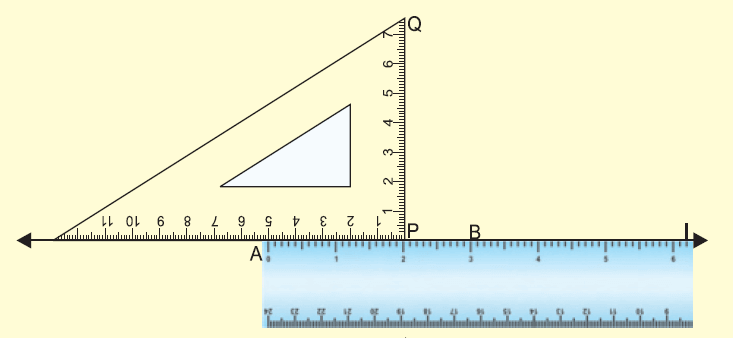
Step 4 :
PQ is the required line perpendicular to AB. Measure and check if m∠APQ = m∠BPQ = 90°.
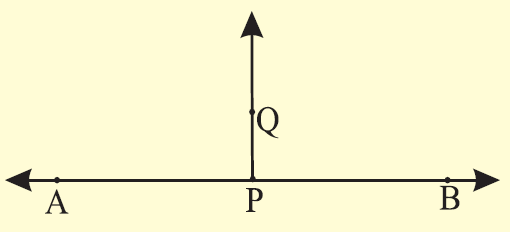
Example 2 :
Using a set square and a ruler draw a line perpendicular to the given line through a point above it.
Solution :
Step 1 :
(i) Draw a line PQ using a ruler.
(ii) Mark a point A above the given line.

Step 2 :
(i) Place the ruler on the line PQ.
(ii) Place one edge of a set square containing the right angle along the given line PQ as shown in the figure.
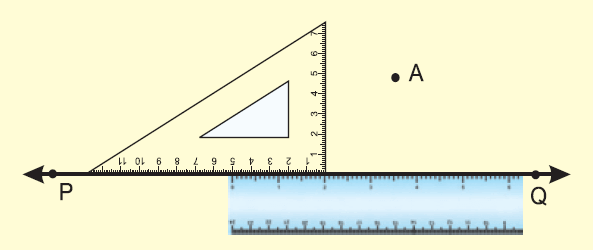
Step 3 :
(i) Pressing tightly the ruler with the left hand, slide the set square along the ruler till the edge of the set square touches the point A.
(ii) Through A draw a line AO along the edge.
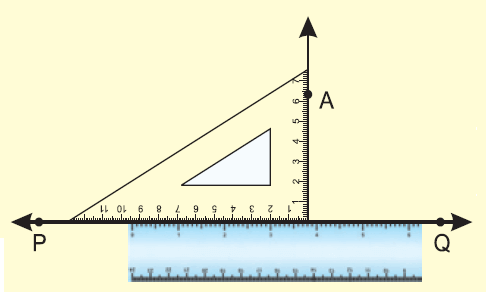
Step 4 :
(i) AO is the required line perpendicular to PQ.
(ii) Measure and check : m∠POA = m∠QOA = 90°.
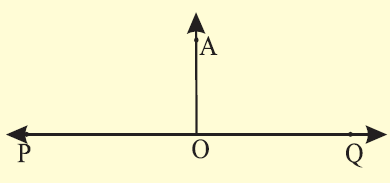
Kindly mail your feedback to v4formath@gmail.com
We always appreciate your feedback.
©All rights reserved. onlinemath4all.com
Recent Articles
-
Trigonometry Pythagorean Identities
May 02, 24 11:43 PM
Trigonometry Pythagorean Identities -
Trigonometry Quotient Identities
May 02, 24 11:08 PM
Trigonometry Quotient Identities -
Unit Rates
May 02, 24 09:27 AM
Unit Rates - Concept - Examples with step by step explanation